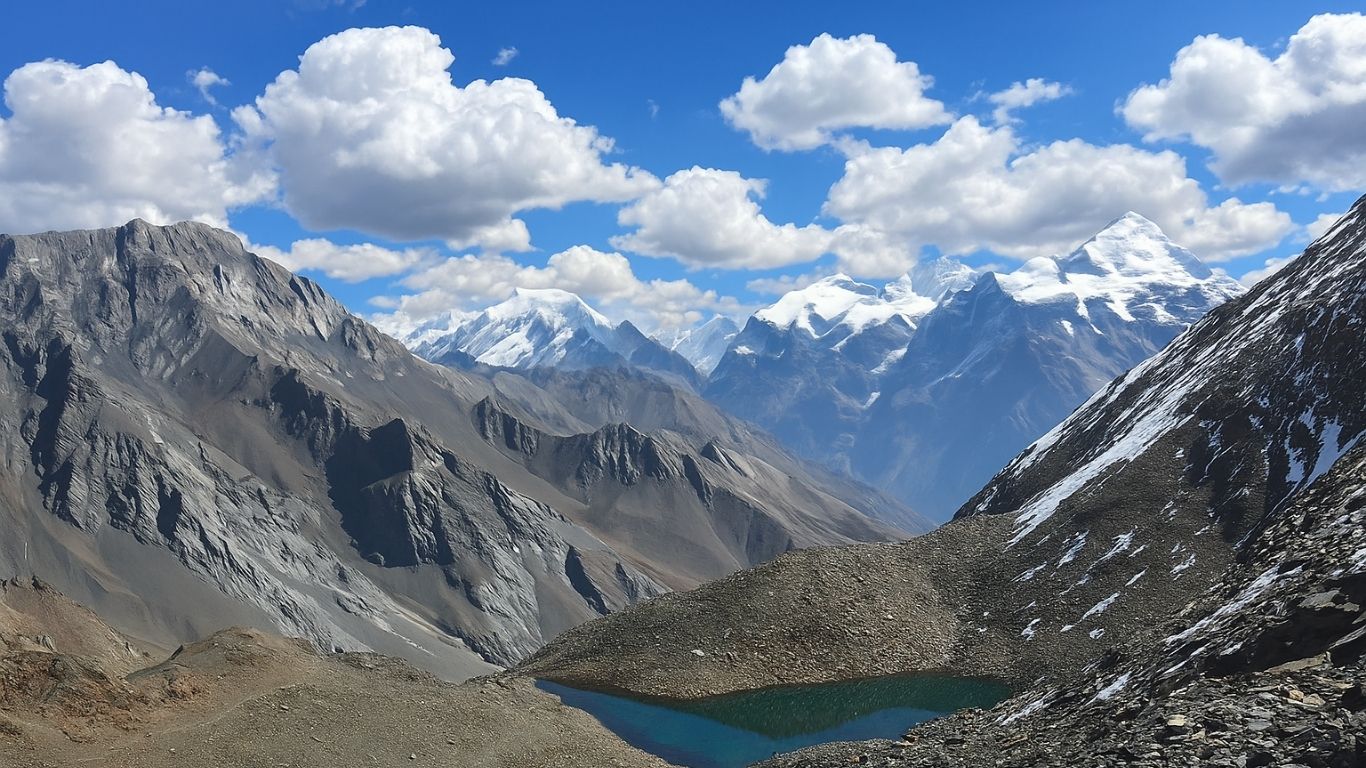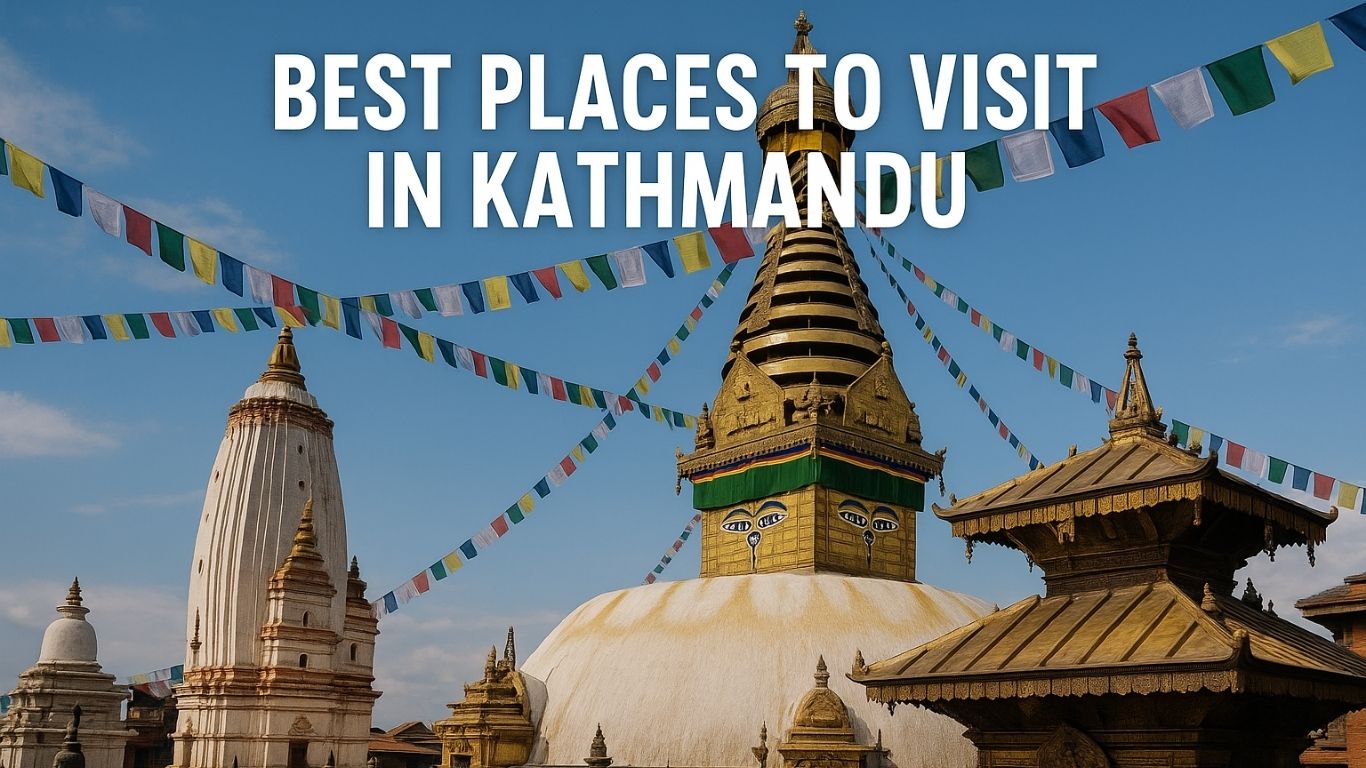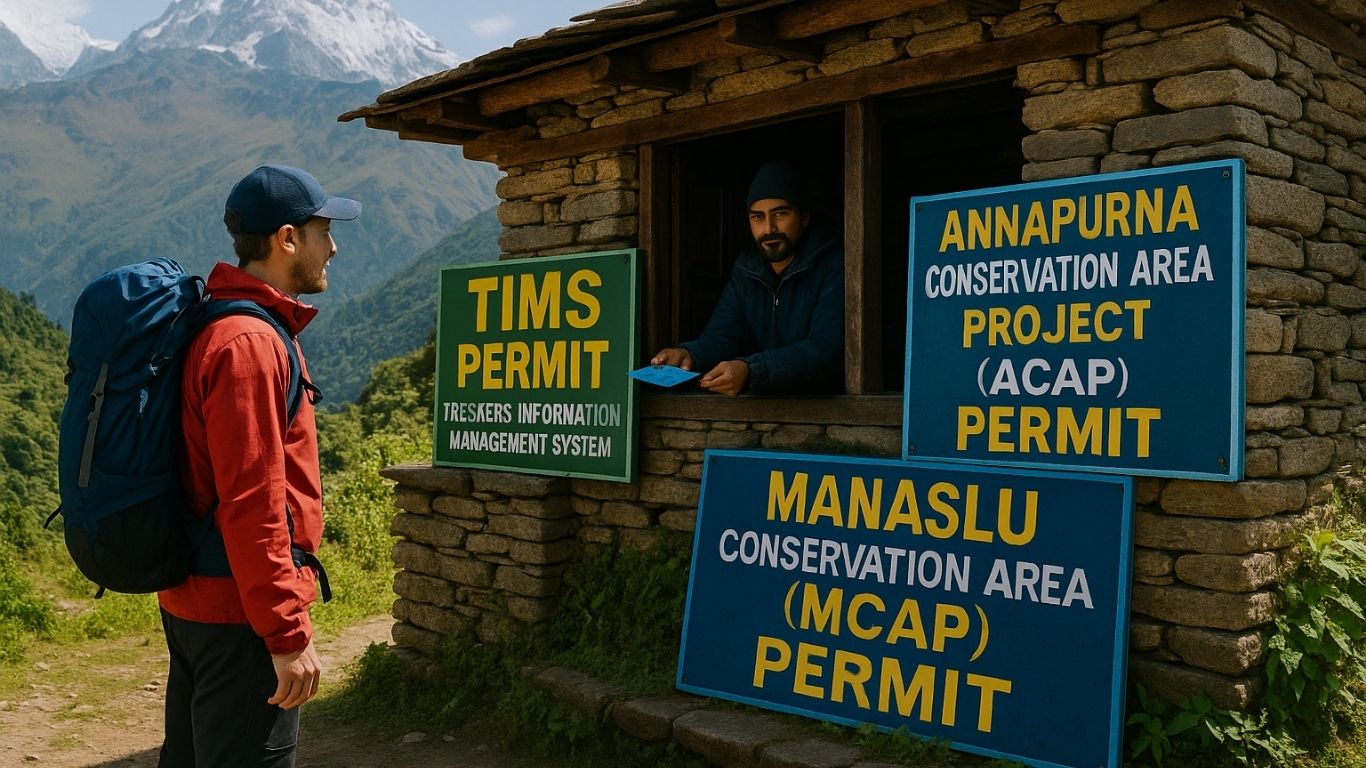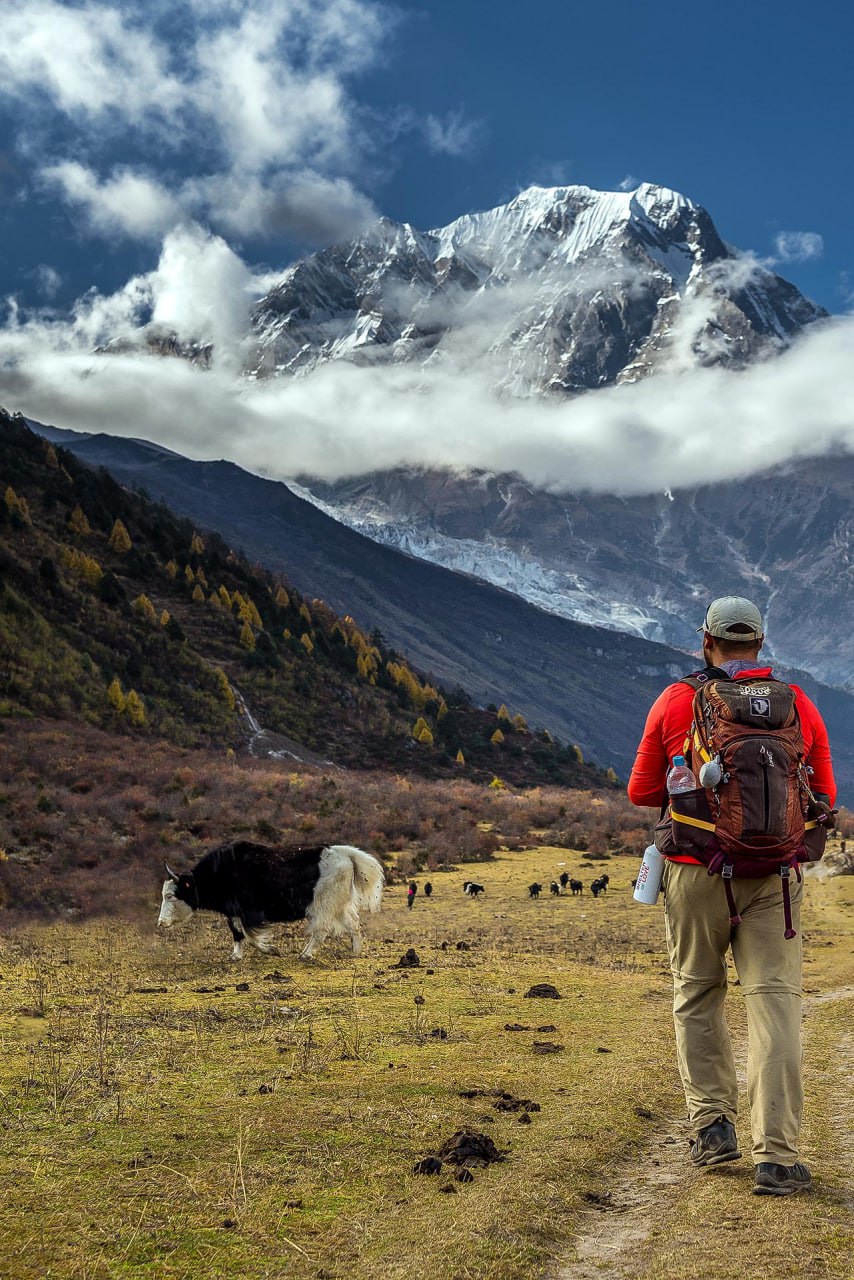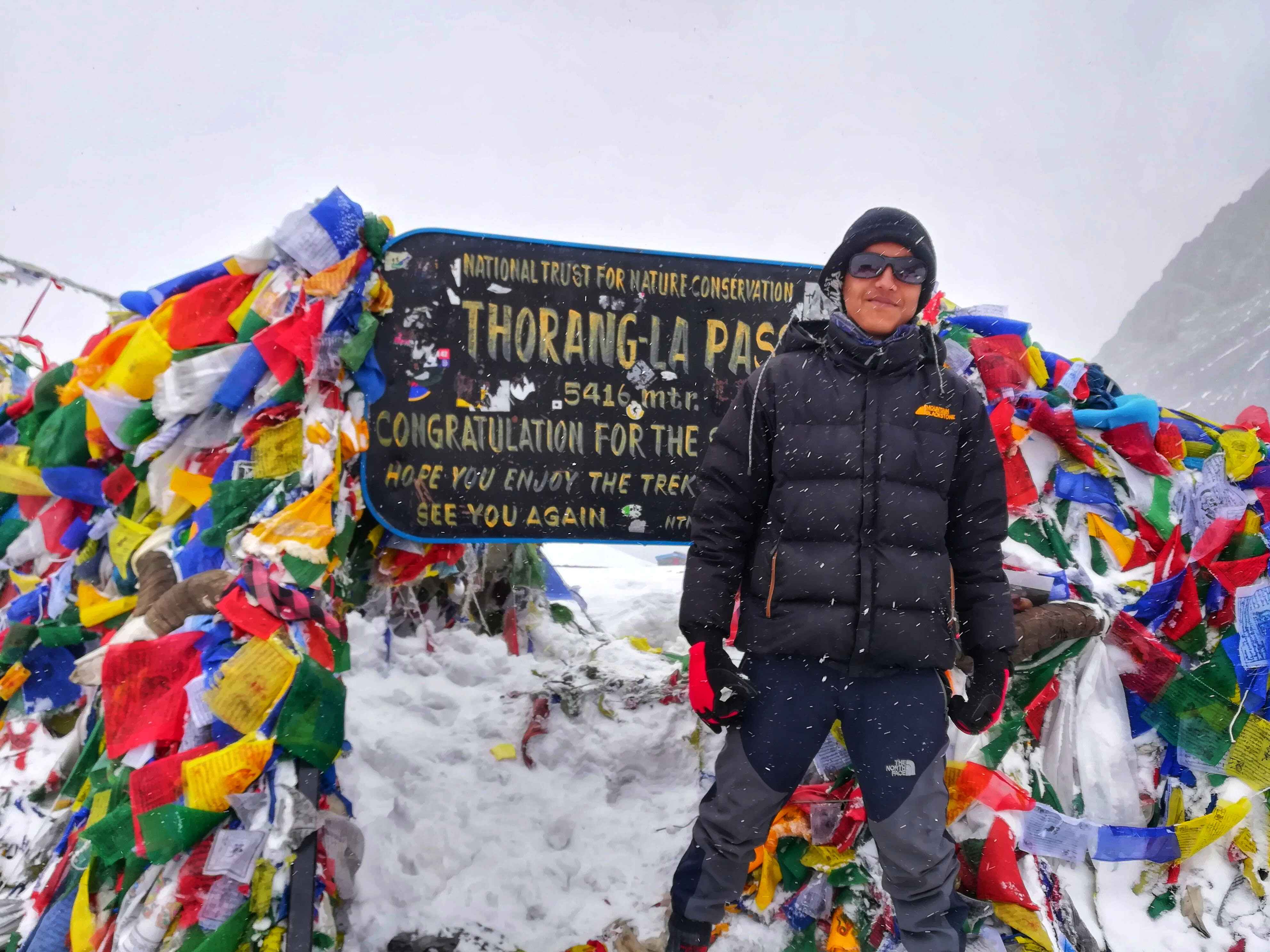How Sherpas Became the Strongest High-Altitude Climbers in the World
04/11/2025
Suppose you’ve ever trekked in the Everest region or watched
documentaries about Himalayan climbing. In that case, you’ve probably noticed
something incredible: Sherpas move through the mountains with a level of
strength, calmness, and energy that feels almost superhuman. While trekkers
struggle for breath, Sherpas climb steep trails, carry massive loads, and guide
climbers with confidence, all at altitudes where most people feel dizzy and
tired.
So how did the Sherpas become the strongest high-altitude
climbers in the world? The answer is a mix of genetics, culture, lifestyle,
and a deep-rooted connection to the mountains. Their strength isn’t just
physical, it’s spiritual, environmental, and cultural.
Let’s break down the real reasons behind their unmatched
mountain power.
Who Are the Sherpas?
Sherpas are an ethnic group who originally migrated from
eastern Tibet more than 500 years ago. They settled in Nepal’s Solukhumbu
region, the home of Mount Everest and some of the world’s highest villages.
Life in these mountains shaped their bodies and culture. The
location of their villages, usually at elevations of 3,000–4,500 meters,
gave them generations of natural adaptation to thin air. Over time, they became
mountain farmers, yak herders, and traders who regularly crossed high passes
and steep trails.
When mountaineering arrived in Nepal, Sherpas naturally
became the backbone of Himalayan expeditions, guiding climbers, fixing ropes,
carrying supplies, and saving countless lives.
Genetic Adaptation: The Sherpas’ Secret Advantage
Scientists have studied Sherpas for years, and the findings
are fascinating. Sherpas carry unique genetic traits that help them
perform better at high altitude than almost any other group on Earth.
Here’s what makes their bodies special:
1.
They use oxygen more efficiently
Most people lose energy fast at high altitude because oxygen
levels drop.
Sherpas’ bodies use the available oxygen far more efficiently.
2.
Their muscles burn energy more slowly and
cleanly
Studies show Sherpas produce less lactic acid, meaning they
don’t “burn out” as quickly.
3.
Higher nitric oxide levels in the blood
This widens blood vessels, improves circulation, and helps
transport oxygen smoothly.
4.
Mitochondria with better energy
conversion
Their cell structure is literally optimized for endurance.
5.
Better hemoglobin behavior
Sherpas don’t just increase their red blood cell count.
Their blood works smarter, not harder.
This genetic adaptation came from centuries of living and
working at extreme altitudes. It gives Sherpas a natural advantage that even
well-trained athletes struggle to match.
A Lifetime of High-Altitude Living
Sherpas don’t “adjust” to high altitude; they grow up
in it.
Kids who live in Namche Bazaar, Khumjung, Phortse, or
Dingboche spend their childhoods climbing steep hills, walking long distances
to school, and helping with daily farm chores. Their lungs and hearts develop
differently because of this early exposure.
This lifestyle builds:
- Strong
leg muscles
- High
lung capacity
- Incredible
endurance
- A
natural sense of balance on steep trails
By adulthood, going up and down mountains becomes second
nature.
Mountain Life Builds Natural Strength
Sherpas don’t need gyms. Their surroundings act as a natural
training ground.
They grow strong by:
·
Carrying firewood
·
Loading supplies
·
Walking long distances
·
Farming steep hillsides
·
Herding yaks
·
Crossing high passes regularly
Every task requires power, balance, and stamina. This kind
of natural, lifelong training creates “mountain strength” that’s hard to match
in the modern world.
Unmatched Mountaineering Skills
Sherpas aren’t just strong; they are skilled. Their
mountaineering knowledge comes from decades of guiding climbers on the world’s
most dangerous peaks.
Sherpas lead the way by:
·
Fixing ropes
·
Setting ladders across crevasses
·
Guiding clients safely
·
Carrying oxygen, tents, and supplies
·
Checking the weather and reading the terrain
·
Managing emergencies
·
Knowing safe routes instinctively
Climbers reach the summit of Everest because Sherpas make
the route possible.
Calm Mindset and Mental Strength
Sherpas practice Tibetan Buddhism, which emphasizes peace,
patience, discipline, and mental clarity.
This mindset helps them:
- Stay
calm under pressure
- Move
steadily without wasting energy
- Face
danger with courage
- Make
smart decisions in unpredictable conditions
Mental strength is one of the biggest reasons Sherpas
succeed where others hesitate.
Experience Passed Down Through Generations
Sherpa mountaineering started long before Everest became
famous. For generations, families have passed down:
- Survival
skills
- Rope
techniques
- Weather
knowledge
- Mountain
safety rules
- Respect
for the environment
A young Sherpa often learns mountain skills by watching
parents, uncles, or older siblings. This creates a legacy of experience that
outsiders can’t replicate in a short time.
The Sherpas’ Role in Modern Climbing
Today, no major Himalayan expedition happens without
Sherpas. They guide climbers through extreme conditions and handle the most
dangerous tasks of the climb.
Sherpas do things like:
- Fix
the route through the Khumbu Icefall
- Carry
heavy loads to high camps
- Manage
ropes, ladders, tents, and oxygen cylinders
- Ensure
the safety of every client
- Perform
high-altitude rescues
Their bravery and skill keep climbers alive on routes that
would otherwise be impossible.
Incredible Real-Life Examples
Tenzing Norgay Sherpa
One of the first two people to reach the summit of Everest
in 1953.
Kami Rita Sherpa
Holds the world record for the most Everest summits, over 29
times.
Lhakpa Sherpa
Holds the women’s world record for Everest summits.
Ang Rita Sherpa
Summited Everest without oxygen multiple times, something
almost no one on Earth can do.
These names prove the unmatched capability of Sherpas.
Why Sherpas Outperform Even Elite Athletes at Altitude
World-class climbers train for years, but altitude still
slows them down.
Sherpas, however, continue moving as if the altitude barely
affects them.
The reason is simple:
·
Genetic advantage
·
Natural training
·
Cultural toughness
·
Better oxygen efficiency
·
Mountain experience
·
Spiritual discipline
This combination makes the Sherpa community the strongest
high-altitude climbers in the world.
Why Trekkers Must Respect Sherpas
Sherpas take huge risks to make mountaineering possible.
Their work is extremely demanding, and the mountains are never predictable.
·
Trekkers should always:
·
Treat them with respect
·
Pay fairly
·
Listen to their instructions
·
Appreciate their role
Every trekker and climber in Nepal benefits from their
expertise, kindness, and courage.
Frequently Asked Questions (FAQs):
1. Why are Sherpas so strong?
Because of genetic adaptation, lifelong altitude exposure,
and an active mountain lifestyle.
2. Are Sherpas born with this ability?
Yes, many of their advantages come from inherited traits
developed over generations.
3. Do Sherpas train in the gym?
Not usually. Their daily life naturally builds strength.
4. How much can a Sherpa carry?
Porters often carry 25–35 kg, but some go even
higher.
5. Are Sherpas the best climbers in the world?
At high altitude, yes! No group matches their combined
strength, skill, and endurance.
6. Do all Sherpas work as mountaineers?
No. Sherpas are an ethnic community; mountaineering is one
profession among many.
Final Thoughts
Sherpas didn’t become the world’s strongest high-altitude
climbers overnight. Their strength is the result of centuries of adaptation,
deep cultural wisdom, spiritual discipline, and a life lived in the mountains.
When you trek in Nepal and witness their calm power, you see the result of
heritage, resilience, and unmatched human capability.
The mountains may challenge everyone, but Sherpas make the
Himalayas feel safe, achievable, and deeply inspiring.

